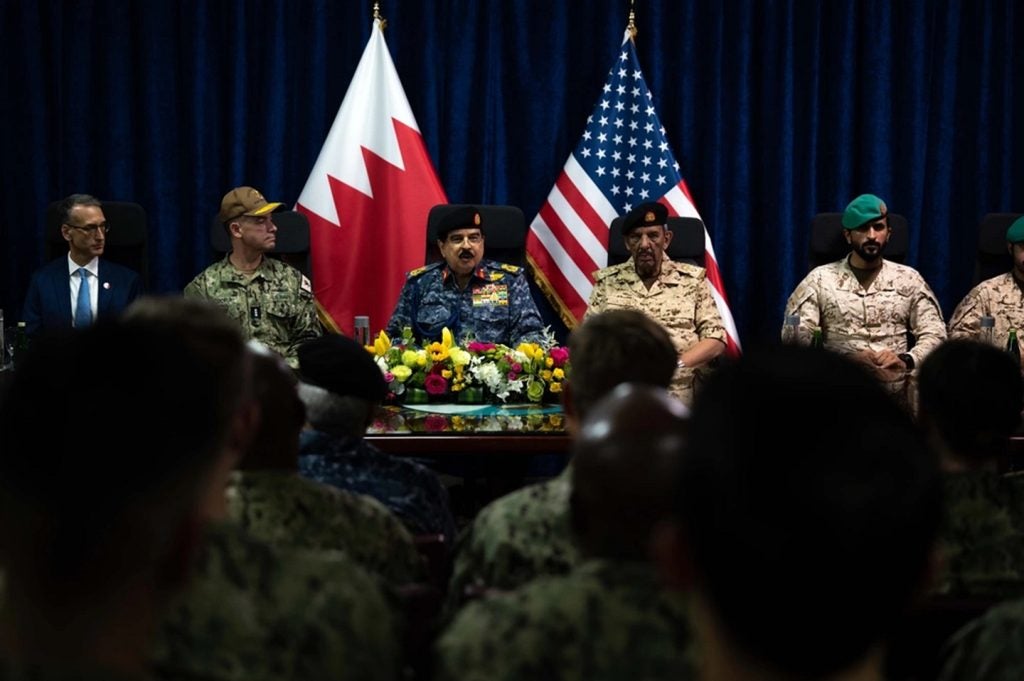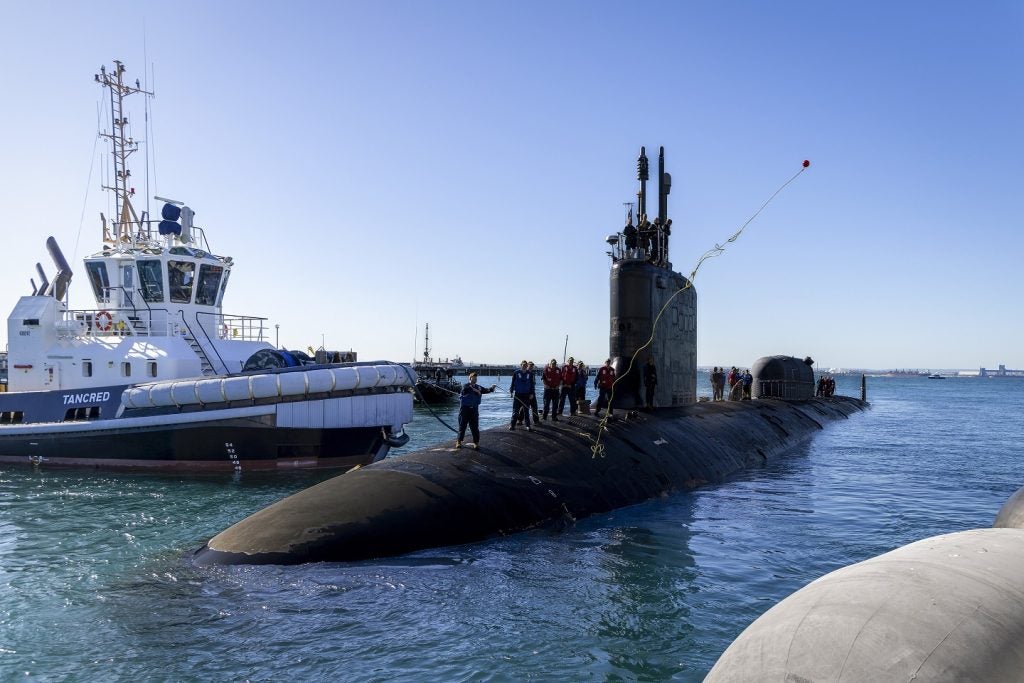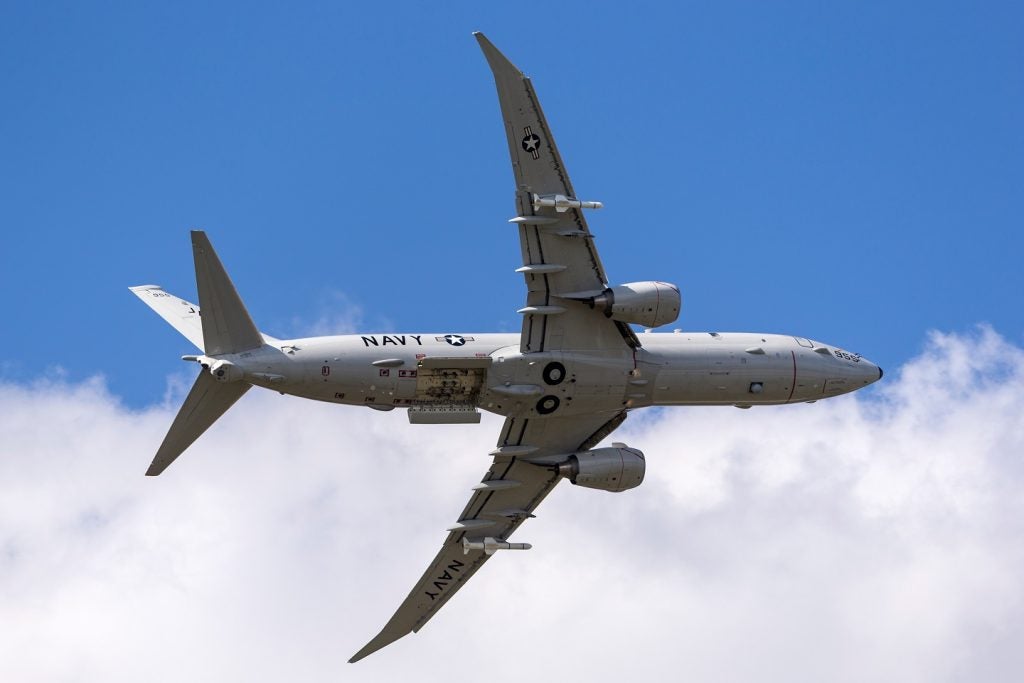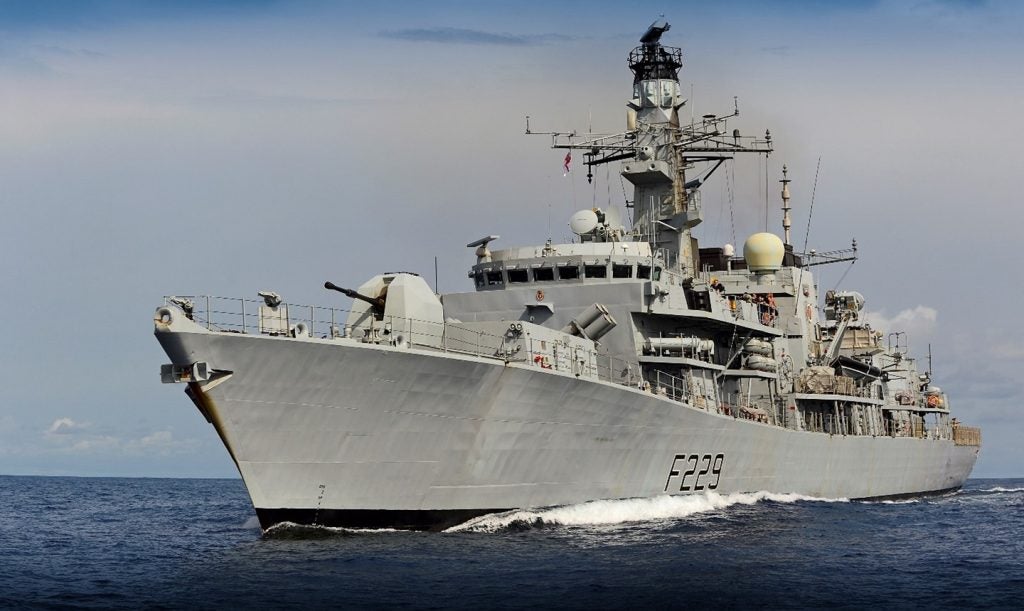
The US Navy has authorised low-rate initial production (LRIP) for the new infrared search and track (IRST) system.
The move follows the milestone C acquisition approval and provides the IRST programme with the six pods needed to achieve initial operational capability (IOC), a key procurement milestone achieved when a military system or product meets operational capabilities, before moving to full operational capability.
Managed by the Naval Air Systems Command’s (NAVAIR) F/A-18 and EA-18G Programme Office (PMA-265), the IRST is a long-wave infrared sensor pod designed to search for, identify and track heat sources at extended ranges, without emitting any radiation.
PMA-265 Electro-Optics / Infrared integrated product team lead Michele Moran said: "Like many programmes across the navy, budget cuts presented significant financial uncertainties and the IRST programme was not impervious to these cuts.
How well do you really know your competitors?
Access the most comprehensive Company Profiles on the market, powered by GlobalData. Save hours of research. Gain competitive edge.

Thank you!
Your download email will arrive shortly
Not ready to buy yet? Download a free sample
We are confident about the unique quality of our Company Profiles. However, we want you to make the most beneficial decision for your business, so we offer a free sample that you can download by submitting the below form
By GlobalData"Our team was able to completely restructure the programme, overcome the budget constraints and press forward with milestone C."
See Also:
Being developed by Boeing and Lockheed Martin as part of a $135m contract awarded in 2011, the IRST is scheduled to be integrated as an essential upgrade to the combat capability of the US Navy’s F/A-18F Super Hornet aircraft.
The pod, which is mounted within the Super Hornet’s centreline fuel tank, will enable simultaneous tracking of multiple targets under normal and electronic attack warfare conditions.
PMA-265 programme manager captain Frank Morley said: "Integrating the infrared pod onto the Super Hornet revolutionises how we fight on a networked battlefield.
"IRST advances the Super Hornet’s role in air-to-air combat operations, keeping us ahead of our adversaries in an evolving threat environment."
The system completed its first flight aboard a Super Hornet in February this year.
Meanwhile, performance and aeromechanical flight testing will continue, to determine the IRST capability’s limits within aircraft constraints and to ensure operational stability and safety.
The LRIP approval enables the PMA-265 to transition into the limited production and introduction phases of the next-generation capability, with support from Boeing and Lockheed.
Image: The F/A-18 Super Hornet aircrew inspects the aircraft before the first flight with the pod at Edwards Air Force Base, US. Photo: courtesy of Lockheed Martin.








